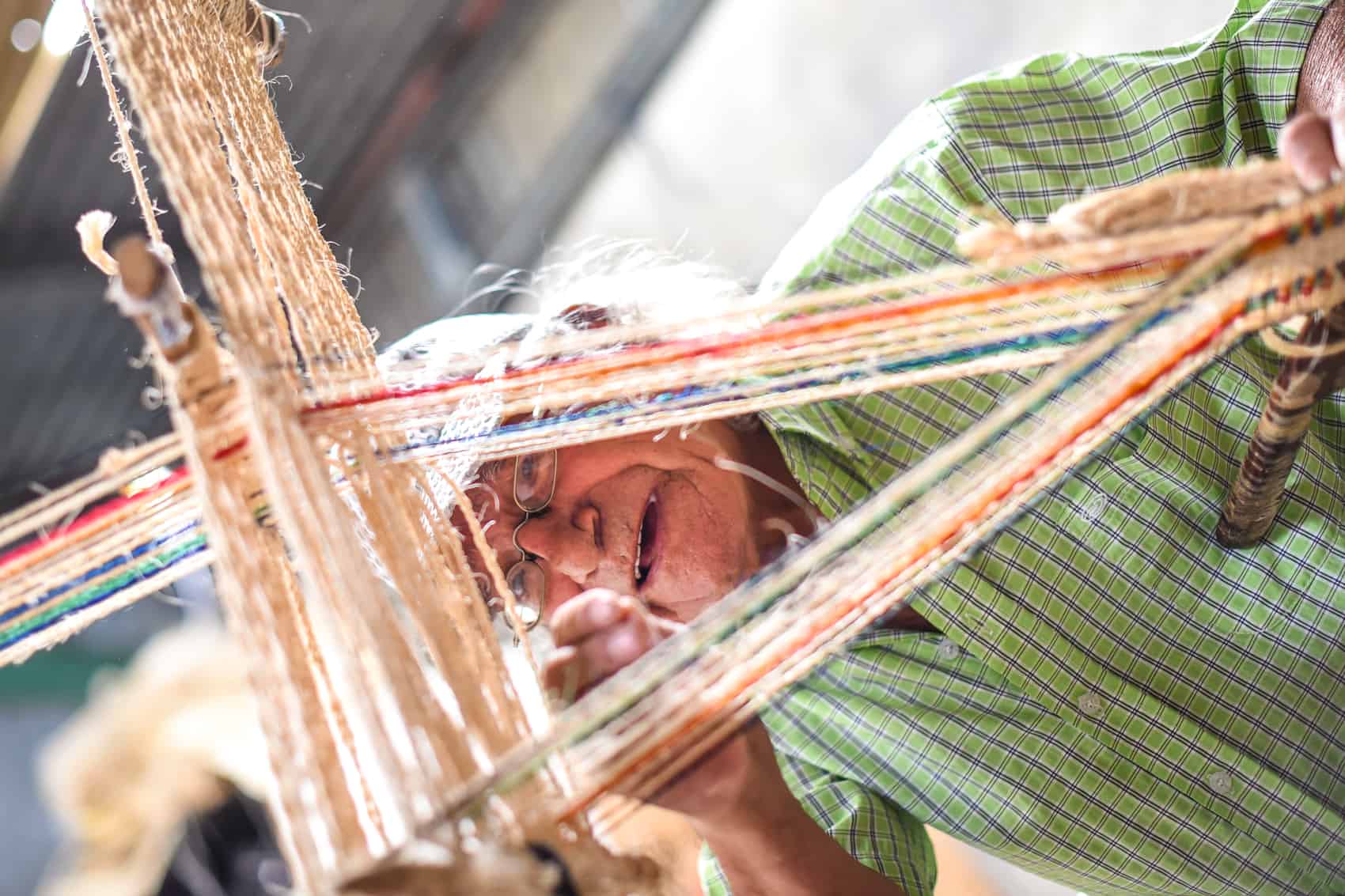His full name is Juan Olivado Camacho, but everybody knows him as Martina or Don Tina. “I used to go to see this band called Los Hicsos and the singer’s name was Martina, so everybody started to tell me, ‘We saw you at Martina’s concert,’ and then they started calling me ‘Martina,'” Olivado said.
That’s a time of Don Tina’s life he likes to remember, so that he doesn’t repeat it again.
He was born in 1940, in San Isidro del Guarco, Cartago and started learning to work with cabuya, a type of agave grown for its fiber, when he was about 12 years old. Olivado said there were a lot of people working with cabuya fiber back then and he was a curious kid, so he watched them and quickly learned. “In my first job, I started making 6 cents a day” he said.
The fiber from Costa Rica’s cabuya plant (Furcraea cabuya), part of the agave family, has been used for centuries to make rope, bags and other woven items.
Don Tina’s story continues below the photo gallery.
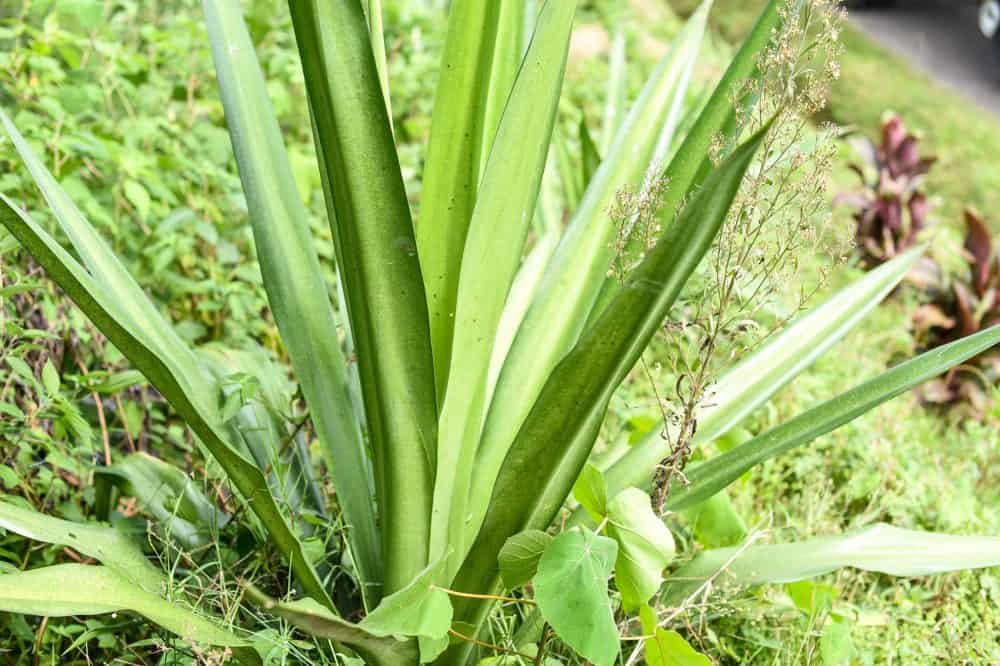
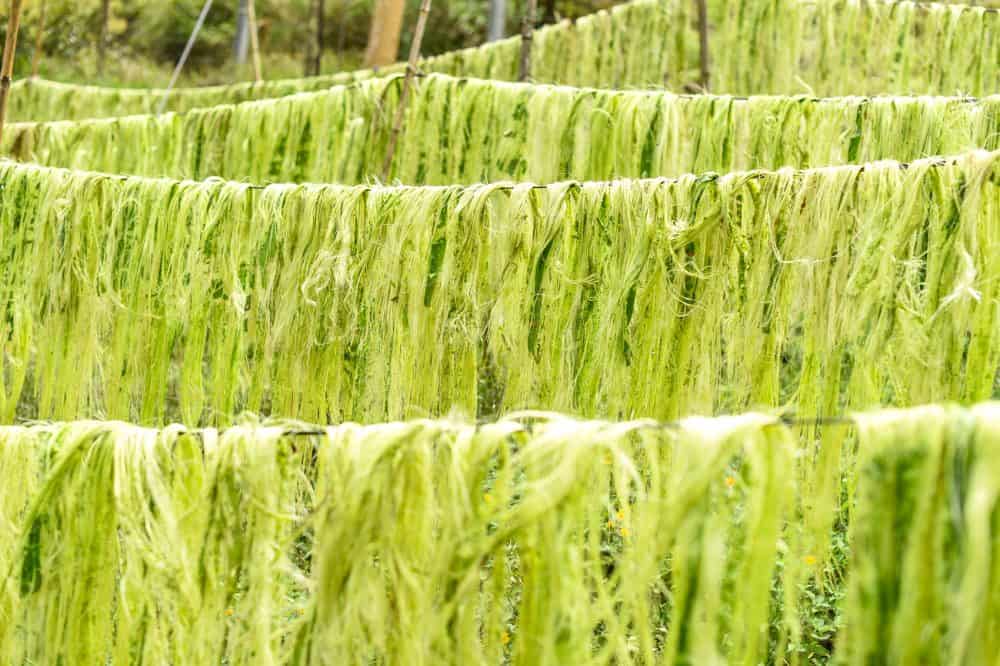
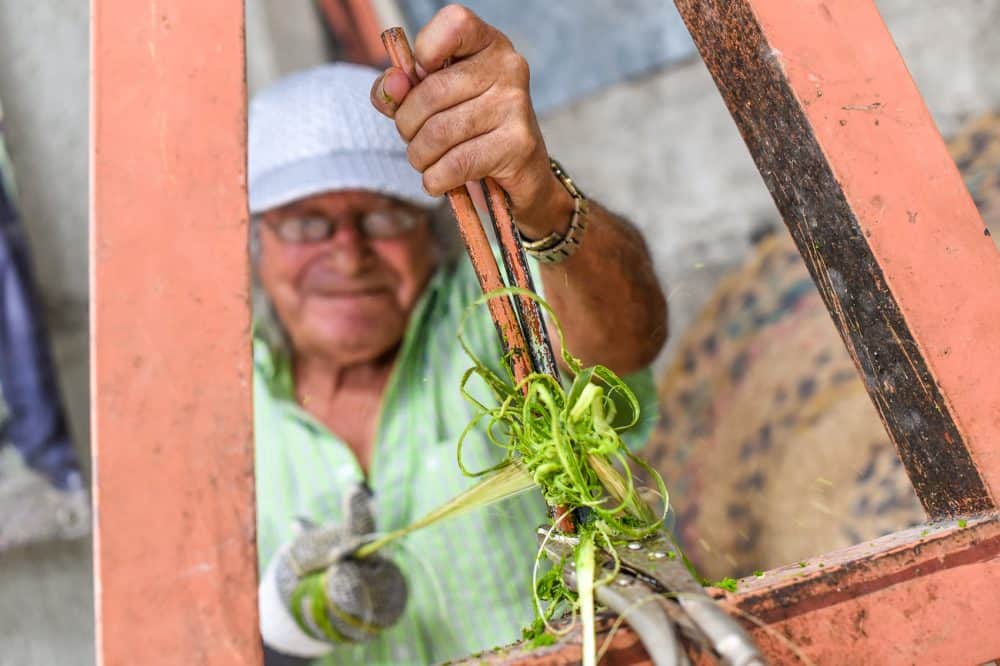
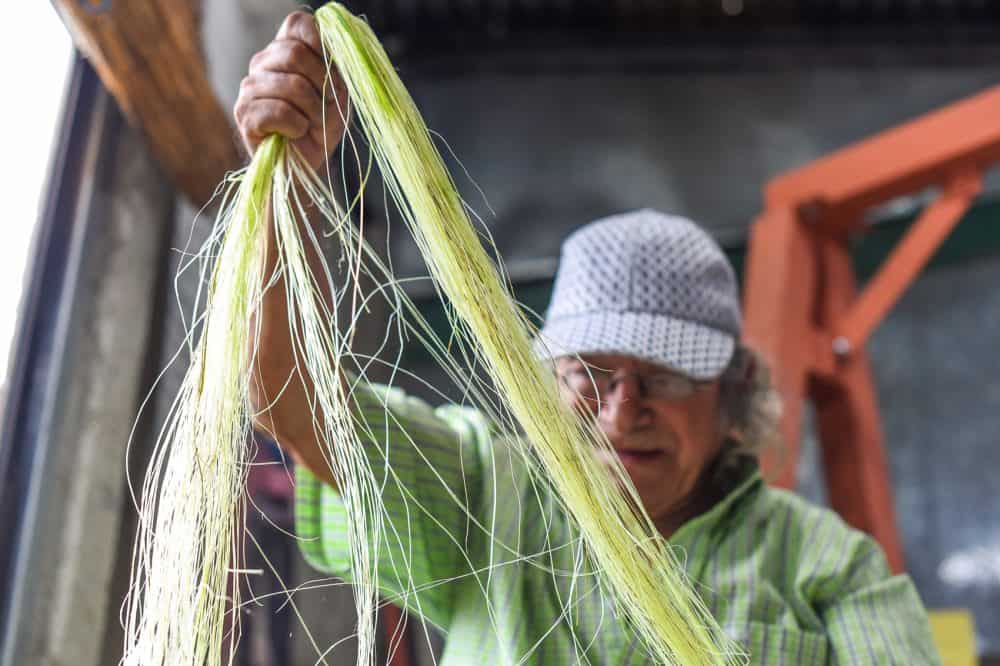
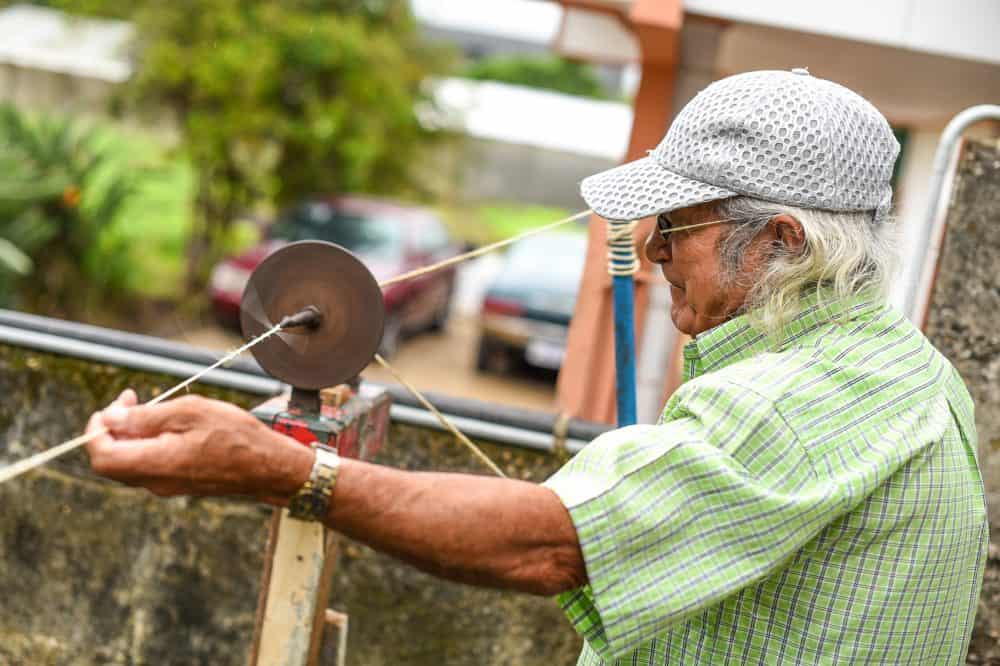
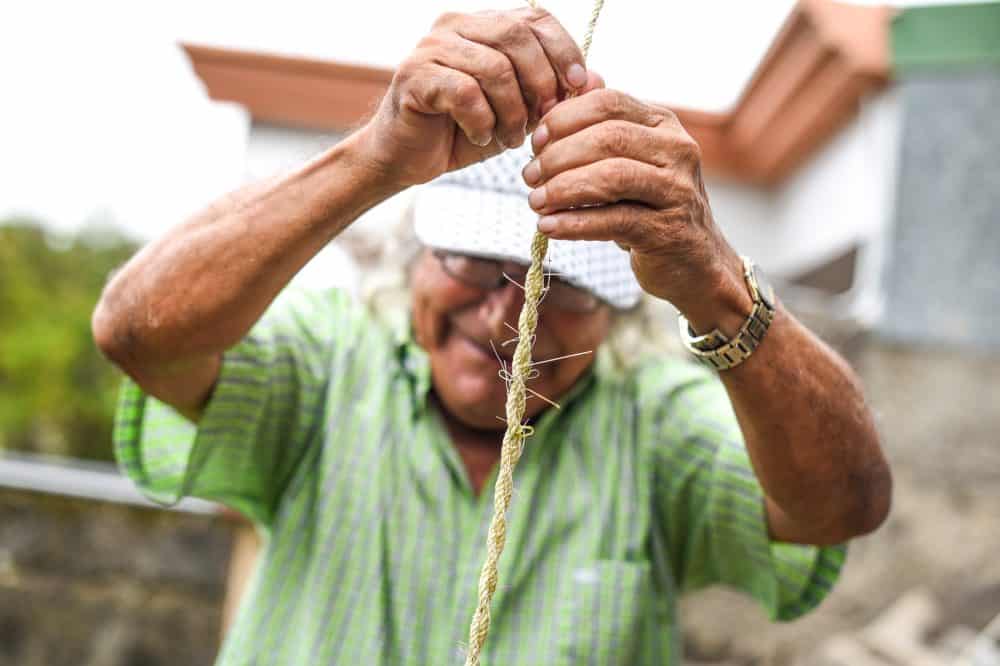
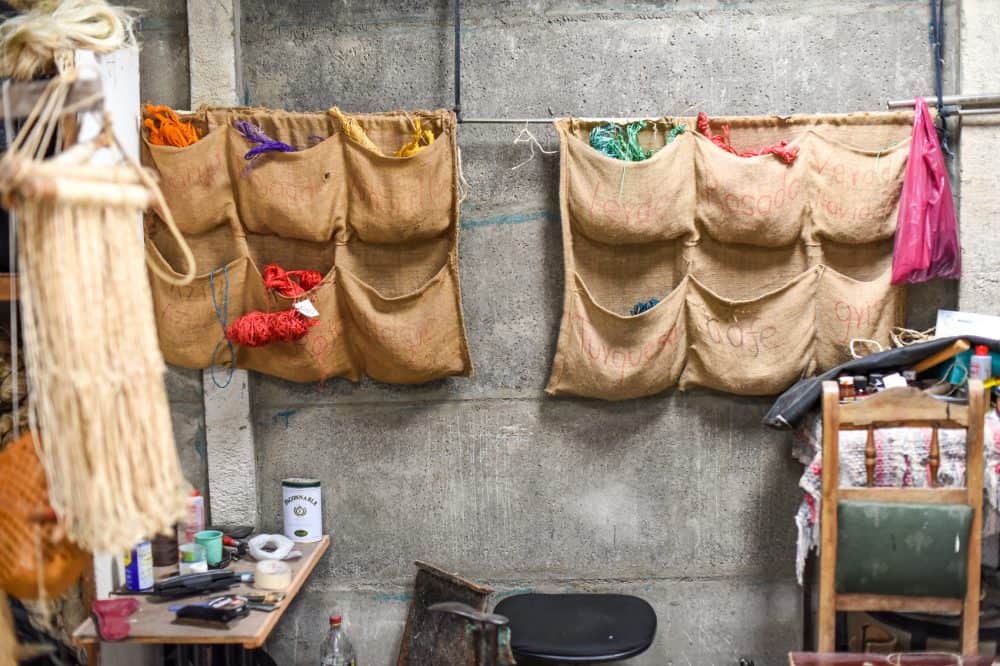
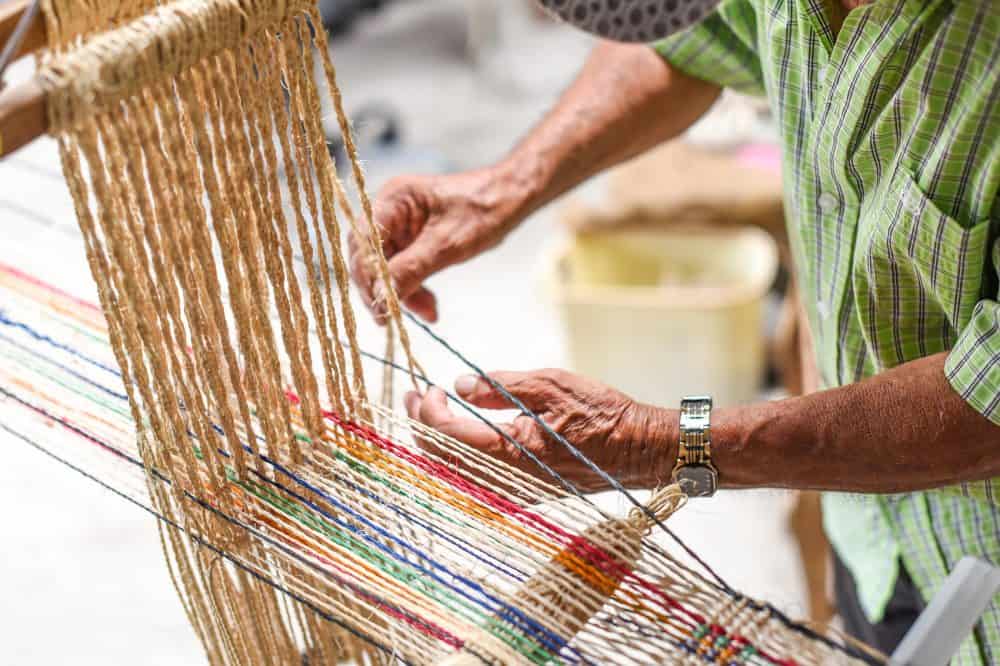
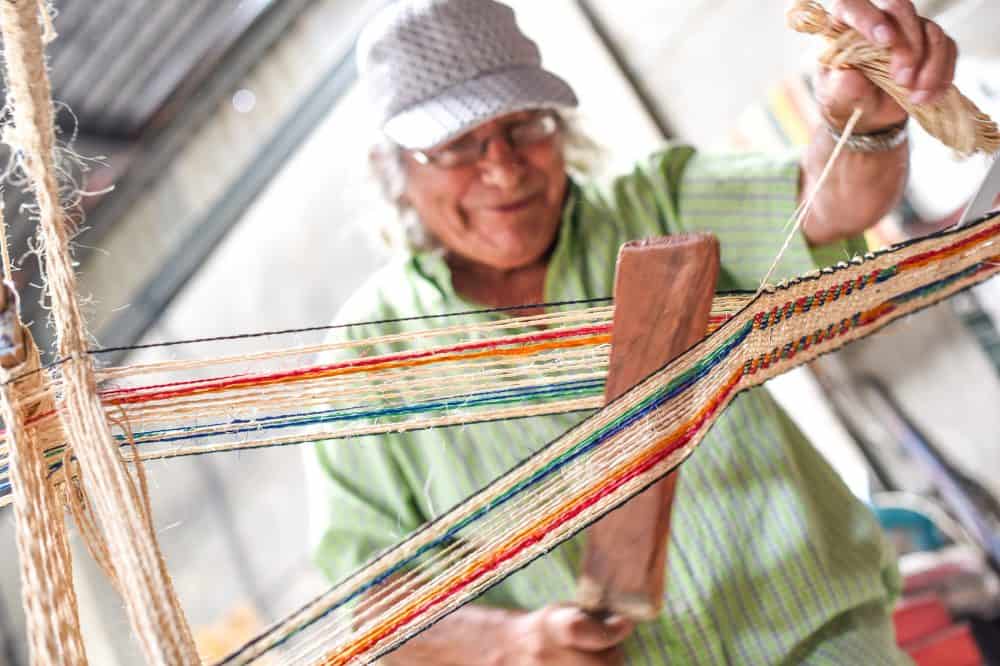
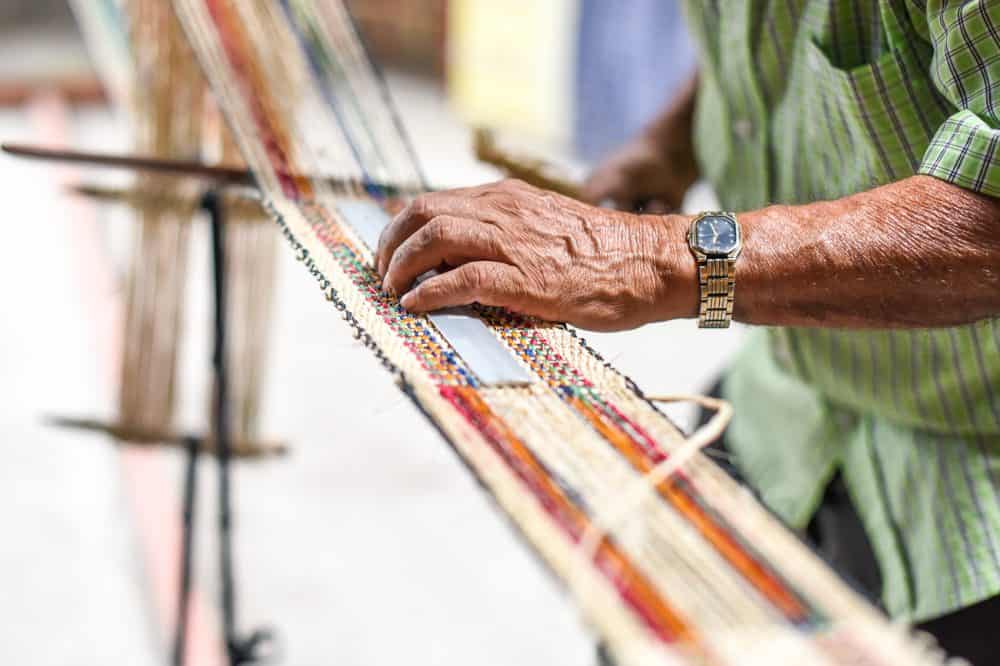
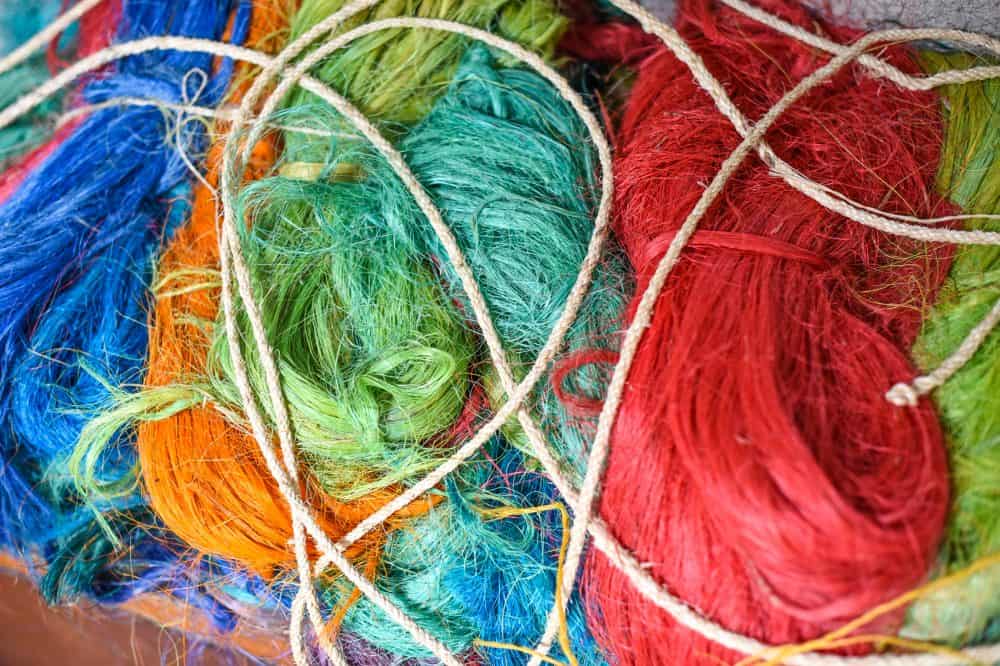
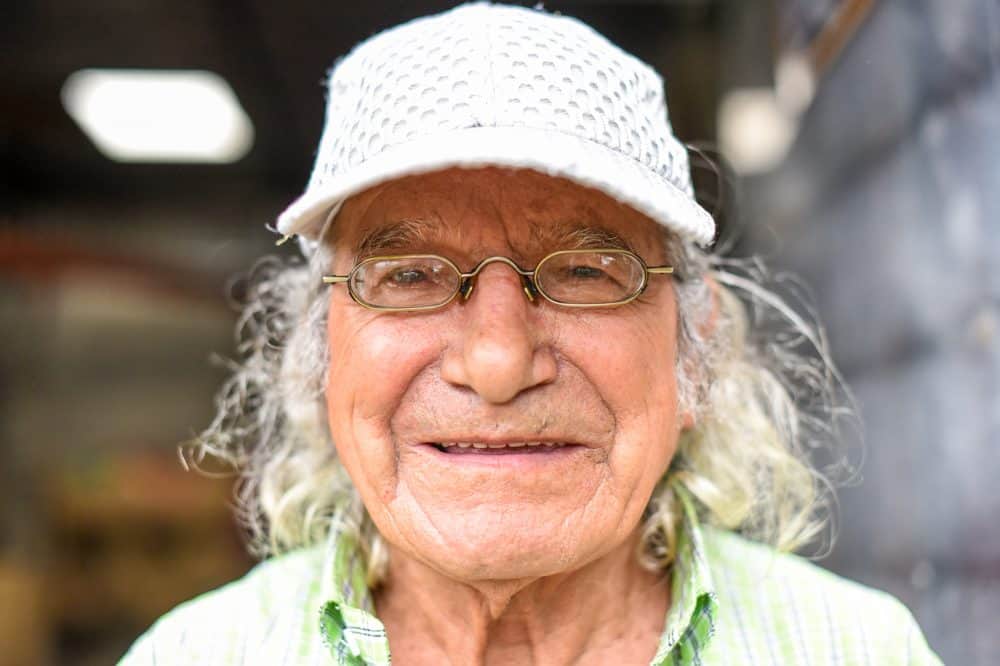
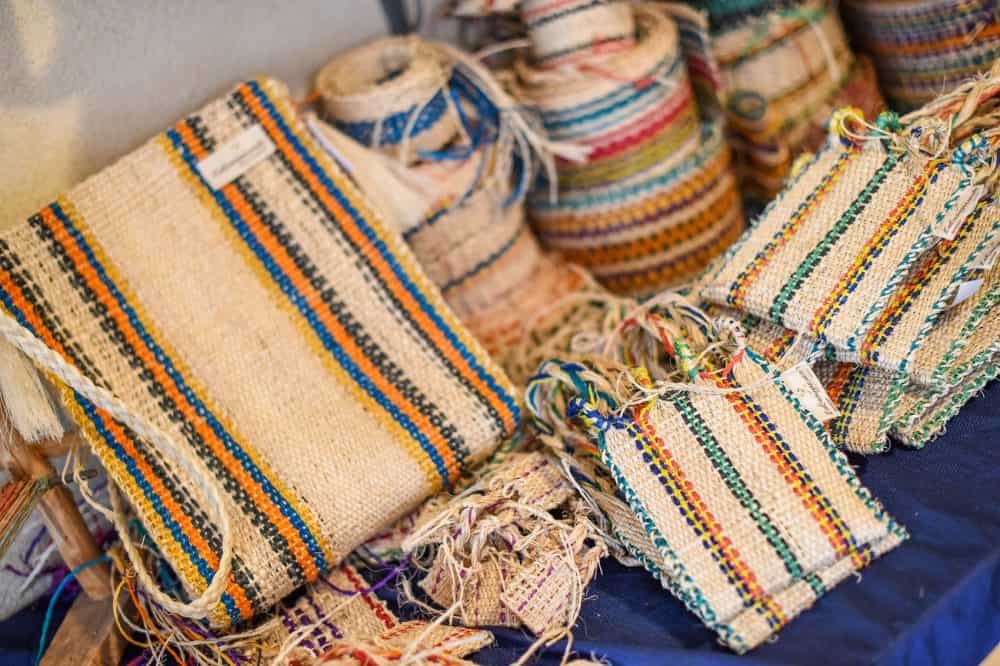
When Olivado was 13 he was already very good at working with cabuya fiber so people from different parts of Cartago started looking for him to give him jobs. “It was a passion for me, but not like and artistic passion, I just thought that it was the easiest way to make money and that I couldn’t do anything else,” he said.
But things changed after a while. Olivado started feeling that it was a tough job and that there were a lot of people doing it, so in 1973 he sold all his cabuya tools and moved to Heredia.
He started working at a coffee factory and quickly became the manager of one of the sections. “I learned a lot while working there and also had a good salary. But I started to drink more and more alcohol and that ultimately made me quit that job,” he said.
From there he started working at a bar, then a nursery, another coffee factory and a gas station. But the heavy drinking didn’t stop and eventually he hit bottom, even sleeping on the street.
“One day, when I was in the worst moments of my life I prayed on my knees to the one above and while crying I asked him to help me get out of this situation,” Olivado said.
He started helping a friend who was an artisan and was working with cabuya. He learned to make the items his friend was making and soon starting working by himself and even making new designs. He also stopped drinking.
That was 24 years ago.
In 2008 with the help of Sonia Navarro, a community promoter from El Guarco, Don Tina started giving workshops on working with cabuya, as part of a program organized by the Culture Ministry.
Together, he and Navarro started La Cabuya Cuenta, a group of entrepreneur women (and Don Tina).
You can contact the group via its Facebook page https://www.facebook.com/ArteCabuya?fref=ts

